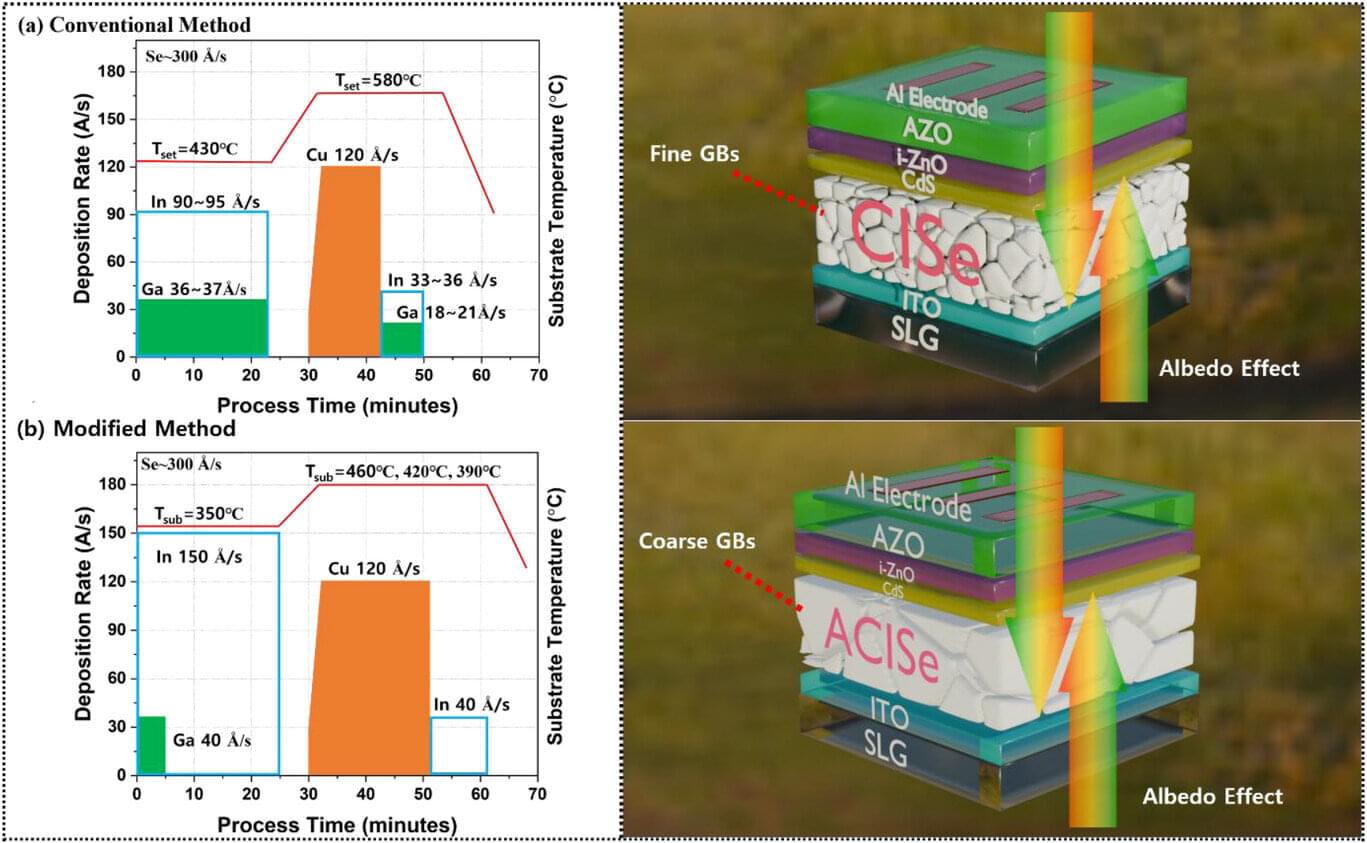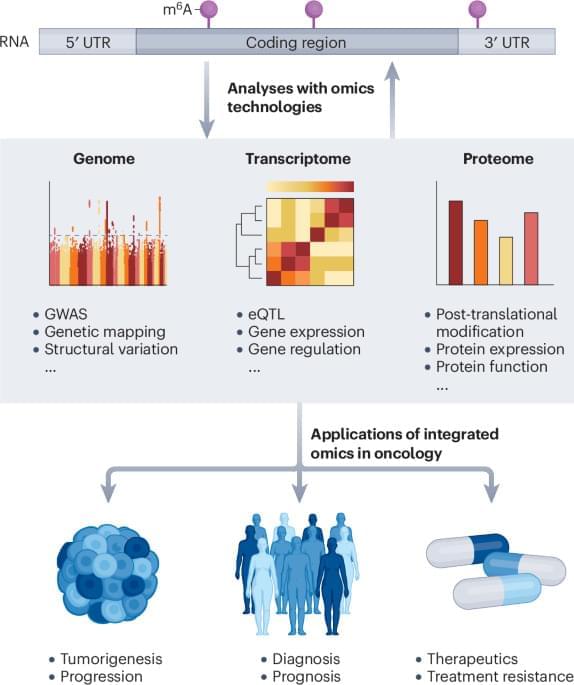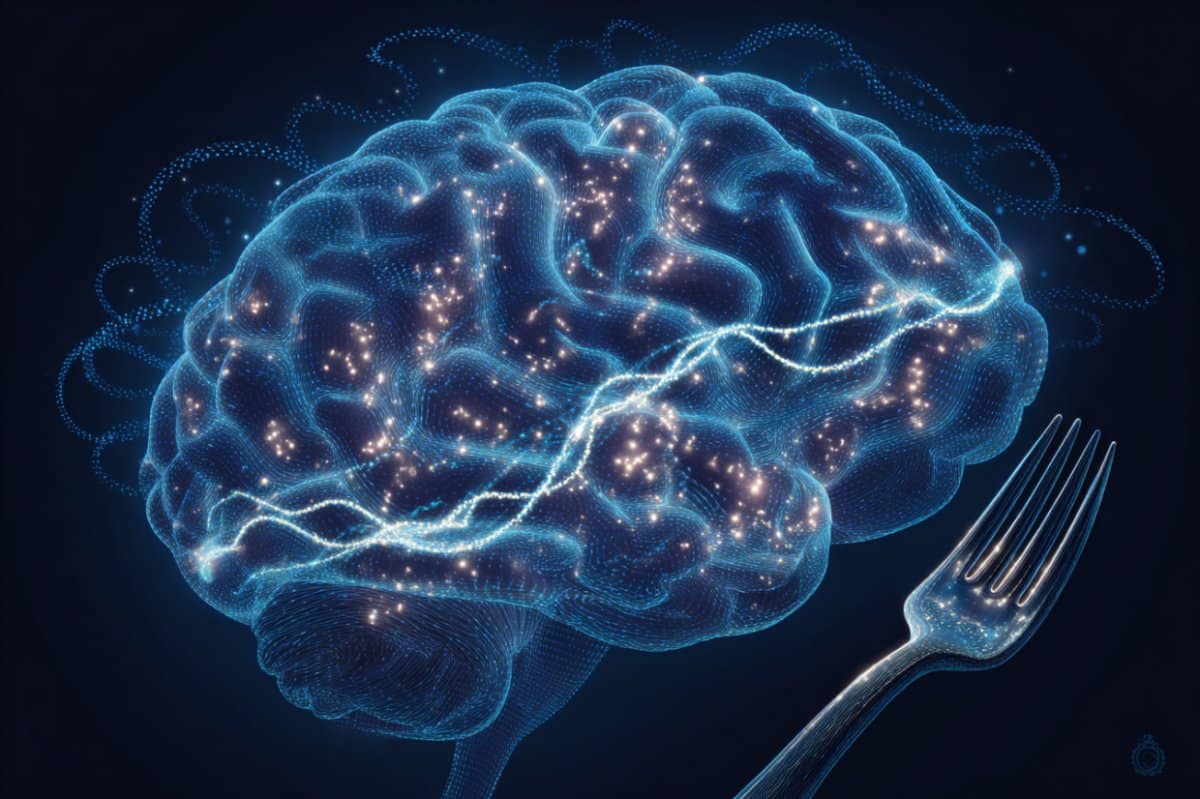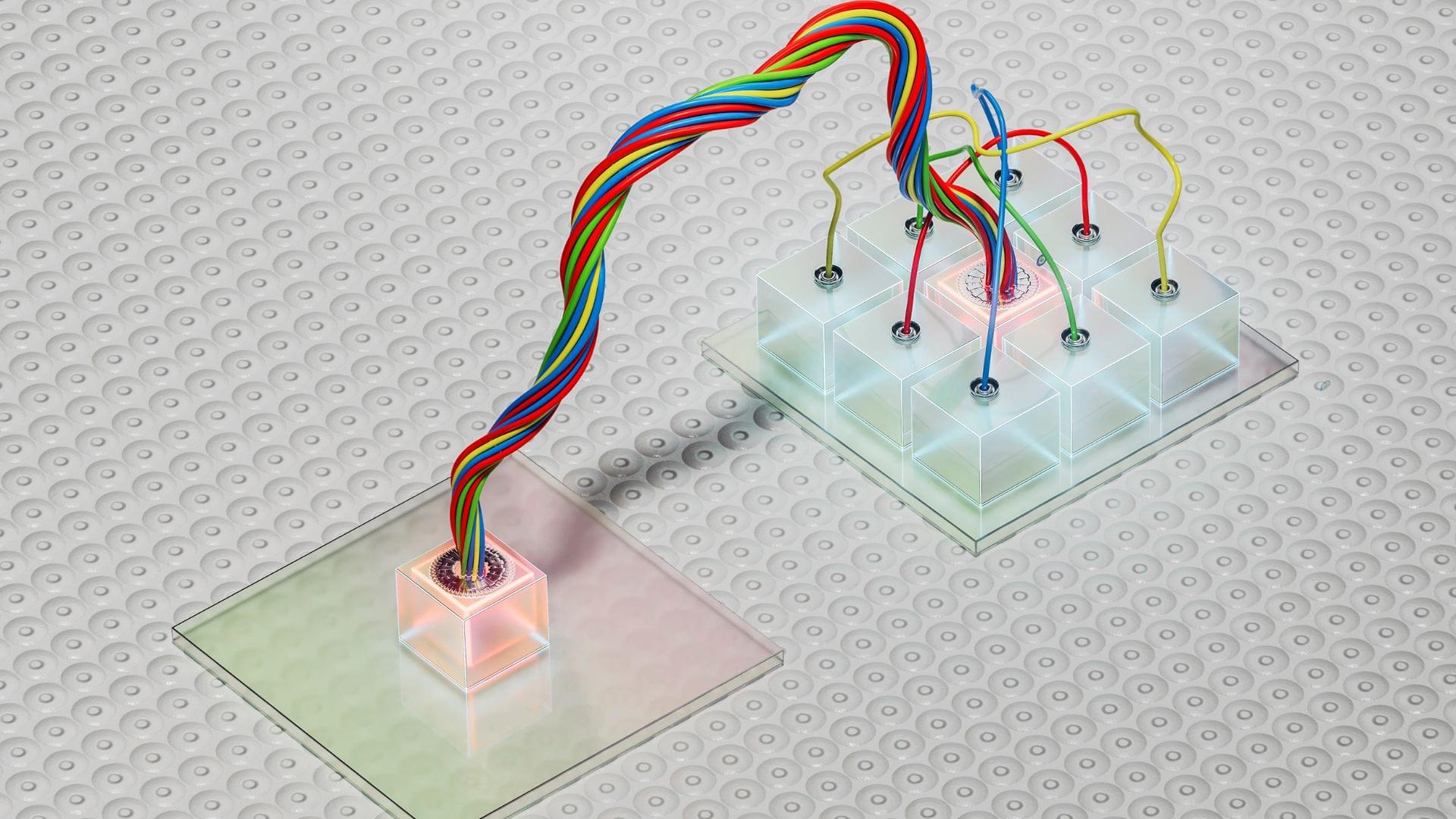A research team successfully implemented CuInSe2 thin-film solar cells composed of copper (Cu), indium (In), and selenium (Se) on transparent electrode substrates. Furthermore, the team developed a “bifacial solar cell technology” that receives sunlight from both the front and back sides to generate power. This technology can be fabricated at low temperatures, enabling a simpler production process, and is broadly applicable to building-integrated solar power, agricultural solar power, and high-efficiency tandem solar cells in the future.









